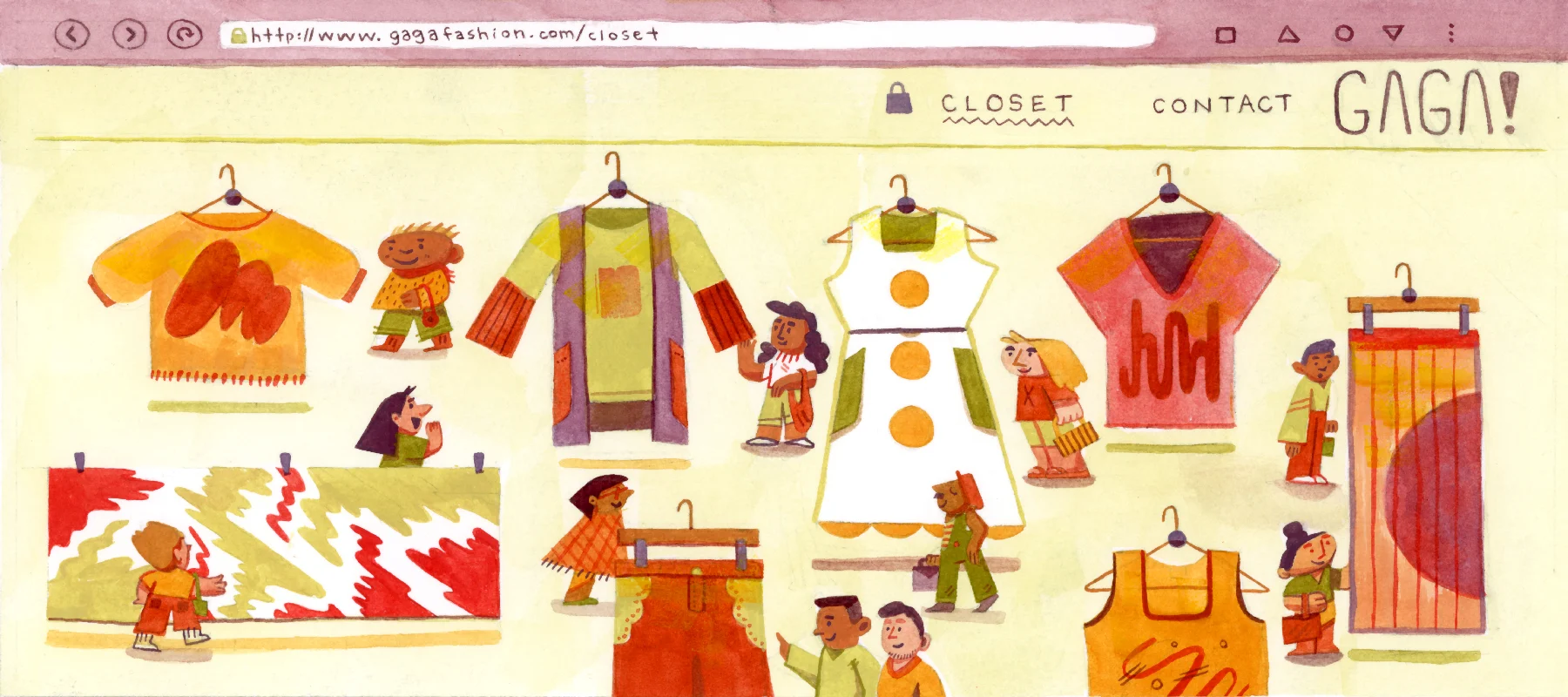Social Media and Your Shop: Tips for Making it Work
- 17 August 2021
- ByMasooma Memon
- 2 min read

The better you are at social media marketing, the more exposure you can drive for your online shop. You can even drive referrals and sales.
The catch? Getting started or improving your shop’s presence on social media is no easy feat. To top it off, the fact that 44.8% of internet users around the world use social media to hunt brand information only amplifies the pressure. With all those eyes ready to look at your shop, the thought of creating an online presence might seem too scary.
But that doesn’t mean you give up altogether. Or make one post on your favorite social media platform and call it a day. Instead, put in some work for a worthy return on your investment (just time and effort – no money needed!), starting with learning these proven social media tips. Then, executing what you learn today.
Let’s go.
1. Select the perfect social media channel(s) to be active on
The "perfect" channels aren’t only the ones you like. They’re ones your target buyers spend their time on and you find interesting to use too.
This balance in identifying a platform that’s both your and your audience’s favorite is key. Why? Because while social media is free to use, it takes investment in terms of the time you spend on it.
But while you know your preference, how can you tell which channels your audience prefers to use? You have a couple of options.
Ask your customers via surveys or calls for direct feedback.
Talk to people in your circle who fall within your target buyer category.
Gathering some data can be especially helpful if you’re still in the early stages of setting up your shop.
Lastly, look up the research on who uses which social channels. For example, if you’re selling to baby boomers, Facebook is a good platform to start with because that’s where 68% of them hang out. But if you’re targeting Gen Z, you’ll want to use Instagram as 71% of Gen Z uses it.
Pro tip: Don’t spread yourself thin by choosing to run a profile for your shop on every social platform. Select 1-2 networks then double down your efforts to create an engaged audience.
2. Create a social media plan complete with a list of goals
Goals feed your action plan which, in turn, feeds your to-do list. Yes, that’s the standard drill – but it’s one you should use for success with social media too.
So go ahead and identify what you want to achieve from social media. These could be goals like spreading digital word about your shop, building relationships with your current and future customers, boosting your shop’s reputation by sharing valuable content, and so on.
Once you’ve set goals, create an action plan to accomplish them. So if your aim was to gain your audience’s trust, you’ll want to participate in conversations relevant to your brand, share behind-the-scenes (BTS) content, and more.
Now, for the daily to-do’s to accomplish your action plan:
Determine what you’ll share on social — a mix of product images, BTS content, helpful tips for your audience, and customer stories is ideal.
How many times you’ll post — aim to post regularly so you’re consistently on top of your audience’s feed and, therefore, their mind.
How you’ll engage with your audience — this is key as that’s how you can gain your audience’s trust without taking a sales-y approach.
3. Be consistent by posting and engaging regularly
I’ve said this before and I’ll say it again: be consistent – it’s 👏 that 👏 important.
Showing up on social for a week, only to disappear for three more won’t cut it. I know you might be a lone wolf who has a business to run. But establishing an online presence for your store is important business too – one that you’ll need to be serious about to market your shop.
So here’s the game plan: carve out 30 minutes daily to engage with your audience. Comment on their social posts, reshare content they create that’s relevant to your brand, host Q&A and AMA (ask me anything) sessions with your followers, and so on.
When you’re ready to up your game, pair up with influencers in your industry or other shops with similar audiences as yours to host giveaways. And before you scrap that tip, no, you don’t have to have a four-figure following to pair with industry influencers. Collaborate with micro-influencers who have a small (say 1,000 followers) but engaged audience.
Lastly, create content for social beforehand and stick it into a social media scheduler that automatically posts your content on times you pre-decide – more on what content to create in the next tip.
4. Create personality-rich content
Sure, around half of the global internet users have used social to find information about brands. But that’s just looking up your shop and deciding whether to buy from you. Good news: there’s a way to make visitors stay and encourage them to call the shots in your favor. And what’s that, you ask? Personality-rich content.
Essentially, what I’m getting at is giving your shop a brand personality with a voice. Not only does this make your online store memorable, but it also makes it unique. And guess what? Unique character is one of the reasons why people support and become loyal fans of small businesses.
Now to create personality-infused content:
Tell compelling stories related to your shop in your captions.
Use your voice as you write out content like you’re talking to your followers (don’t try anything robotic – it’s inhuman, so you’ll come off impersonal).
Talk about other things besides business so you can break the ice and get buyers and customers-to-be talking. This way, you can deepen your relationship with them, offering an experience that only small shop owners can.
Show yourself and connect with buyers at a human level. For this, use the Instagram Stories feature to share a lesson you’ve learned, something exciting about your business, and so on.
5. Diversify the content you share
Admittedly, there’s lots of content that you can share. But, sometimes the idea well for what to post can run dry. To overcome this, decide the core topics you’ll talk about on social. For me, that’s reading books, writing, and occasionally sharing what I’m eating (lava cake, anybody?).
With your core topics ready, you’re in a better position to come up with ideas for posts to create.
Heads-up! Don’t fall into the trap of creating a monotonous social media feed. This means: diversify the formats for your posts. Sharing GIFs? Switch them up with bite-size videos. Writing long captions? Try your hand at something short and sweet.
Another way to diversify your social content and reduce work on yourself- curate content, source user-generated content (UGC), and repurpose content. Here’s what each involves:
Content curation is when you share others’ content by crediting them. But sharing alone does nothing to attract your followers. Talk about why you’re sharing it or what it taught you or why you think your audience will love it.
UGC is content that your audience creates for you. For instance, a customer sharing your product’s unpacking video or giving you a customer review. Bonus: sharing user-generated content helps you gain your buyers’ trust as it serves as social proof. Also, you can always encourage buyers to share UGC by requesting them to feature themselves with your product. Don’t forget to ask them to tag your shop so you can easily find and share the posts.
Content repurposing means you use the content you’ve previously created for other channels on your social accounts. For example: take a story you’ve shared in your newsletter and post it on social, or use product pictures you’ve taken for your online store and share them on your social profile. But here’s the thing: there’s no copy-paste allowed since the audience on each social channel has some expectations. So you’ll need to tailor the content to meet those expectations. For example, LinkedIn users prefer long stories, but Twitteratis enjoy short (think 1-2 lines) copy.
Get more from social
Getting social media to work for you can feel overwhelming. Some days you might even get crickets in return for the wonderful posts you’ve published. But remember, there’s nothing you can’t do if you’re being consistent at offering value to your audience.
So go ahead, select the best channel(s) for your shop and create a plan alongside your goals. Then get to work with one mantra in your mind: Don’t broadcast. Build relationships instead.
17 August 2021
Words by:Masooma Memon
- Share

